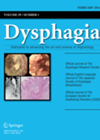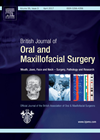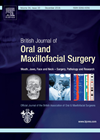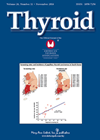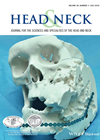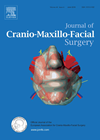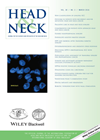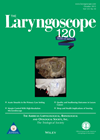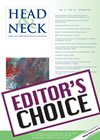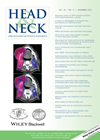
Journal Reviews
Less pain more gain: impact of prophylactic gabapentin on swallowing outcomes in head and neck cancer patients undergoing radiation treatment
Patients planned for chemoradiation to the head and neck are usually advised to expect some pain and soreness during their treatment and that pain relief will be offered as and when it is required. Uncontrolled pain and mucositis affect oral...
Oral hygiene and its interaction with standard of education on the risk of oral cancer in women
Oral cancer in women has an increasing incidence in China, although the majority of Chinese women don’t smoke or drink alcohol. Poor oral hygiene has been shown in previous studies to be a risk factor in the development of oral...
Anterolateral thigh cutaneous flap or radial forearm free flap for tongue defect reconstruction?
Free flap reconstruction is the gold standard in tongue reconstruction, aiming to restore function such as swallowing, cosmesis and speech. The anterolateral thigh cutaneous flap and the radial forearm free flap are among the most popular free flaps used for...
Risk of malignancy in non-diagnostic thyroid FNACs
Thyroid nodules are present in between 21-68% of the general population. The evaluation of these nodules to exclude thyroid carcinoma includes fine-needle aspiration cytology (FNAC) and a non-diagnostic cytology result occurs between 8-20% of the time. This retrospective cohort study...
Expanding the role of FNA in thyroid nodule decision-making
Papillary thyroid cancer, the commonest histological type, has been extensively reported as having BRAF proto-oncogene mutations (most commonly the V600E mutation). There is great interest in BRAF as a molecular marker, particularly as a prognostic factor that may guide the...
A modification of the crescentic flap for nasal skin reconstruction
Non-melanoma skin cancers are the most frequent skin tumours and in over 25% of cases affect the nose. Following excision, the reconstruction may be challenging. Reconstruction aims to preserve the anatomical units, nasal functions and also an aesthetic final outcome....
Do implants assist rehabilitation following mandibular reconstruction?
When undertaking mandibular reconstruction, optimal function and aesthetic rehabilitation is the goal. There is no doubt that patients consider chewing, swallowing and speech to be of paramount importance. Following surgery, suboptimal rehabilitation leads to a fall in quality of life...
Difficult consultations with HPV-positive oropharnyeal cancer patients
The aetiological role of human papillomavirus (HPV) in oropharyngeal squamous cell carcinoma (OPSCC) is well established, and its incidence has massively increased over the last decade, whilst the incidence of HPV-negative OPSCC is declining. Although we know that HPV-positive OPSCC...
Margin control using optical techniques in head and neck surgery
Emerging optical techniques such as high-resolution microendoscopy (HRME) are currently being examined for their reliability in discriminating benign from neoplastic epithelium. These techniques may offer the potential to detect the margin of an upper aerodigestive tract tumour in a non-invasive...
Are organ-preserving treatment strategies for T3 laryngeal cancers reducing patient survival?
This article presents the 10-year results of a single institution’s treatment of advanced laryngeal cancer. The institution established a protocol based on the Dutch Head and Neck Society consensus document on laryngeal cancer diagnostics and treatment published in 1991. This...
Amount of dietary iodine and thyroid cancer
Two molecular scientists from Zurich wrote this paper as a systematic review, asking the question of whether dietary iodine intake is a risk factor for developing thyroid cancer later on life. They speculate that low iodine intake is a risk...
The stigma of HPV in oral cancer
The increase of oropharyngeal carcinoma (OPC) in the developed world seems to be largely caused by infection with the human papillomavirus (HPV). HPV is a group of 150 DNA viruses that are common and most people will be infected at...

